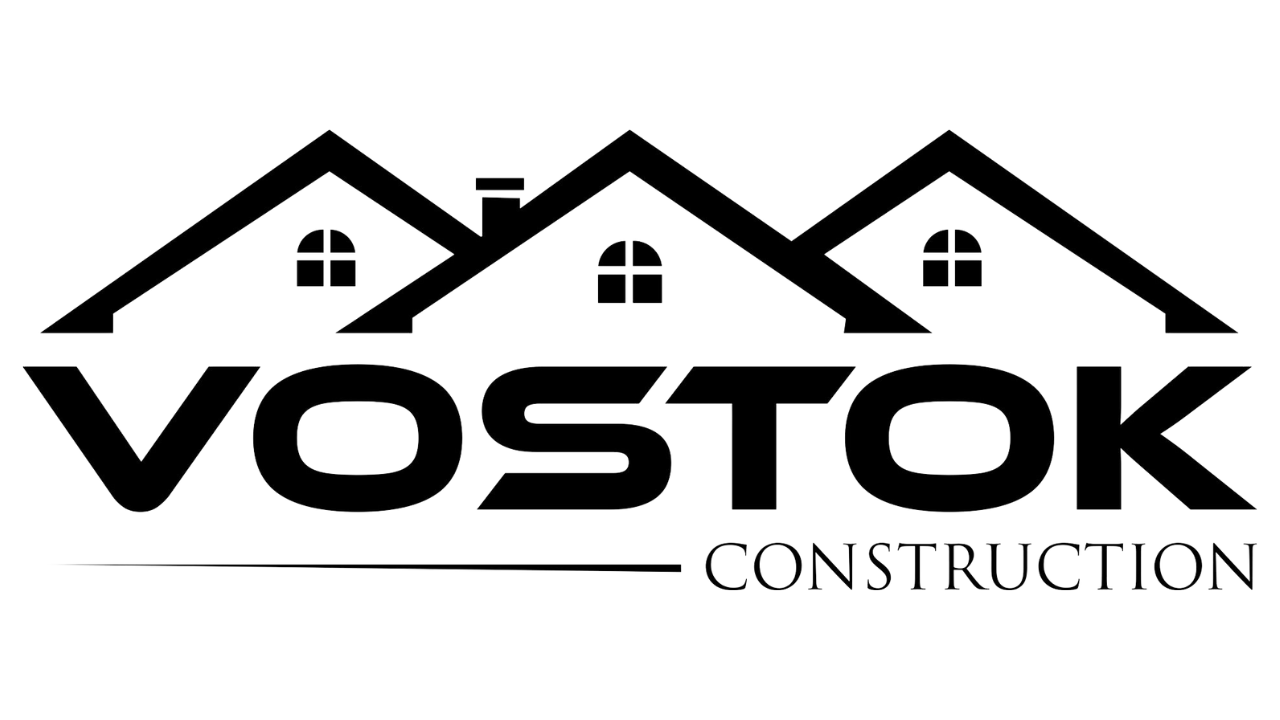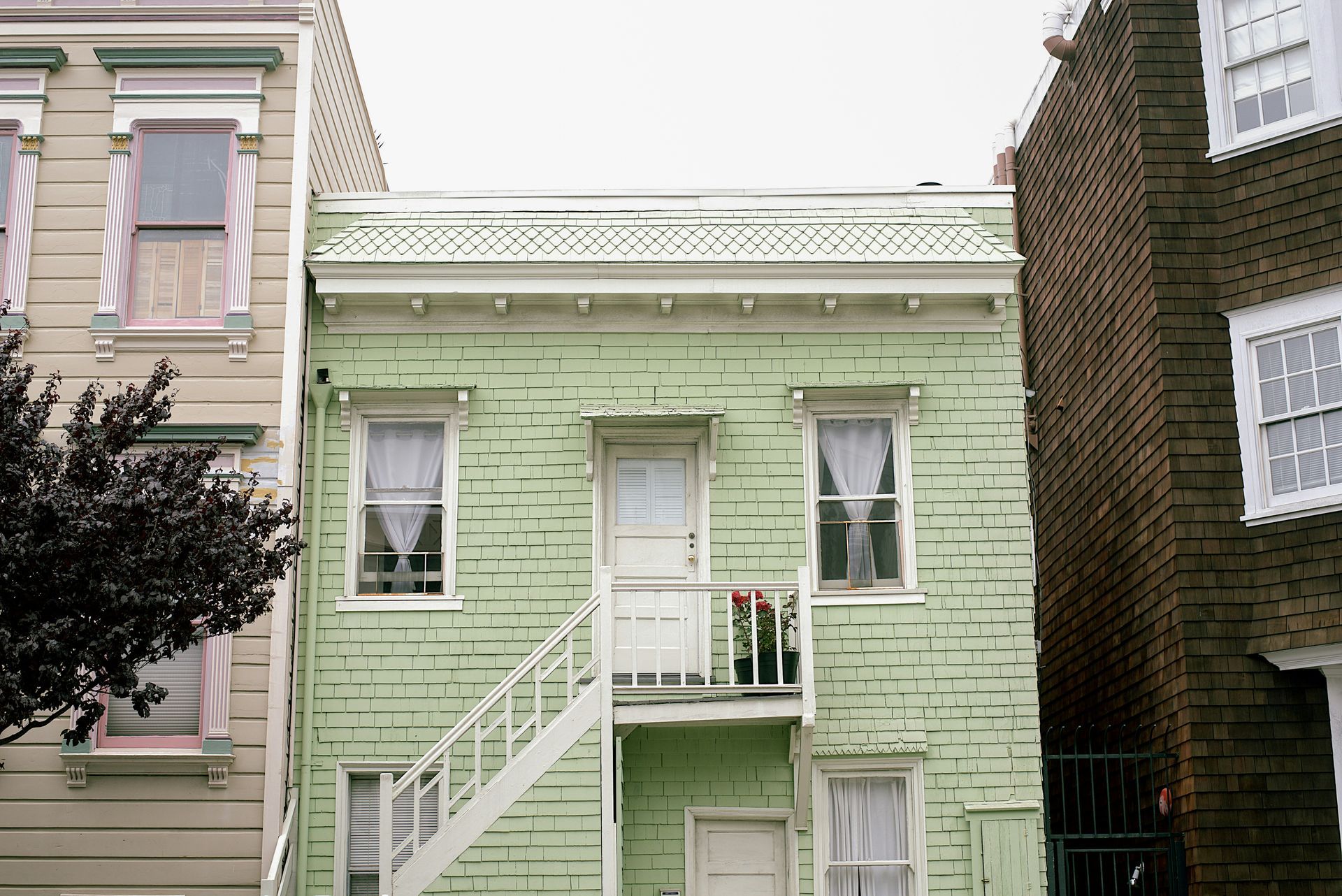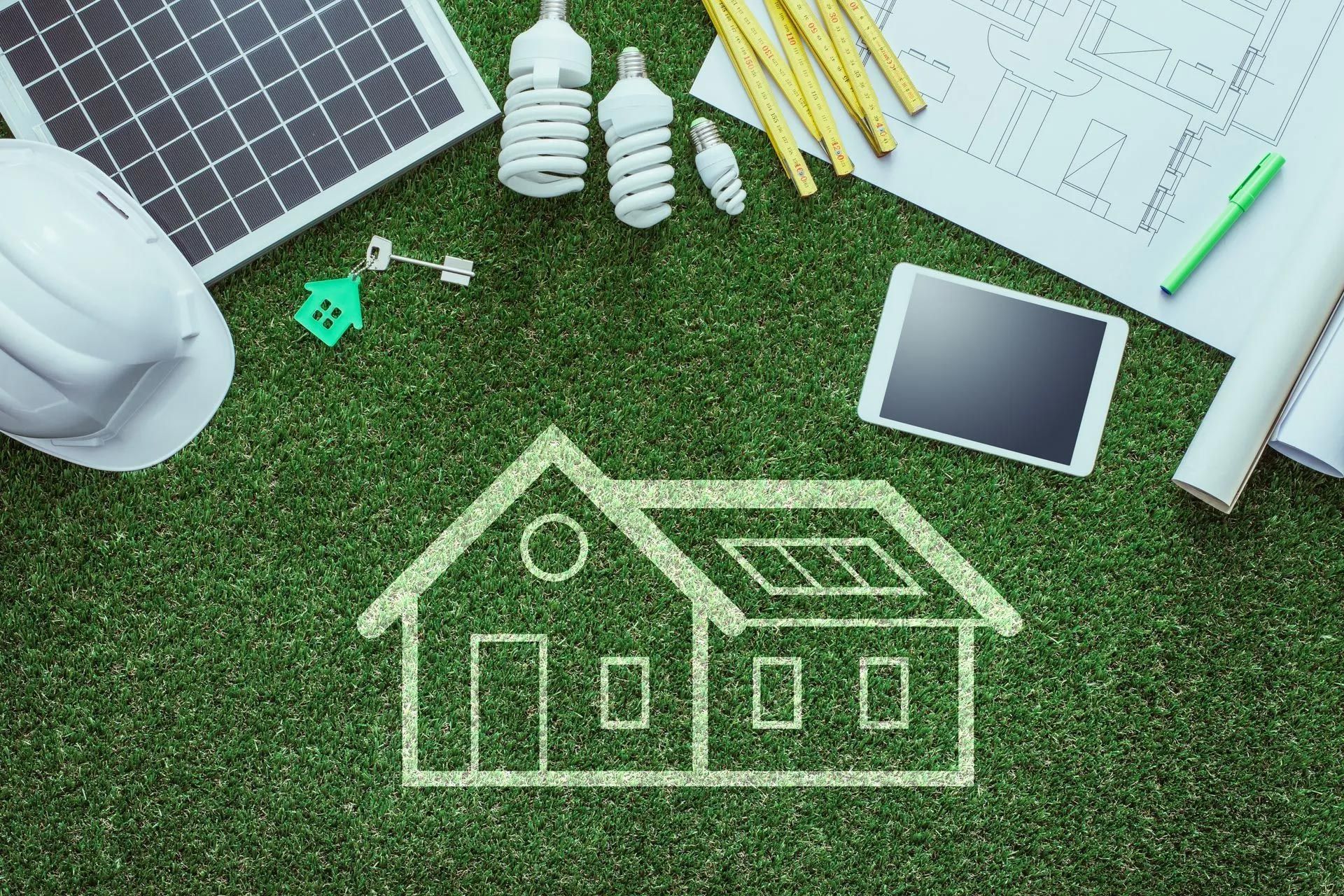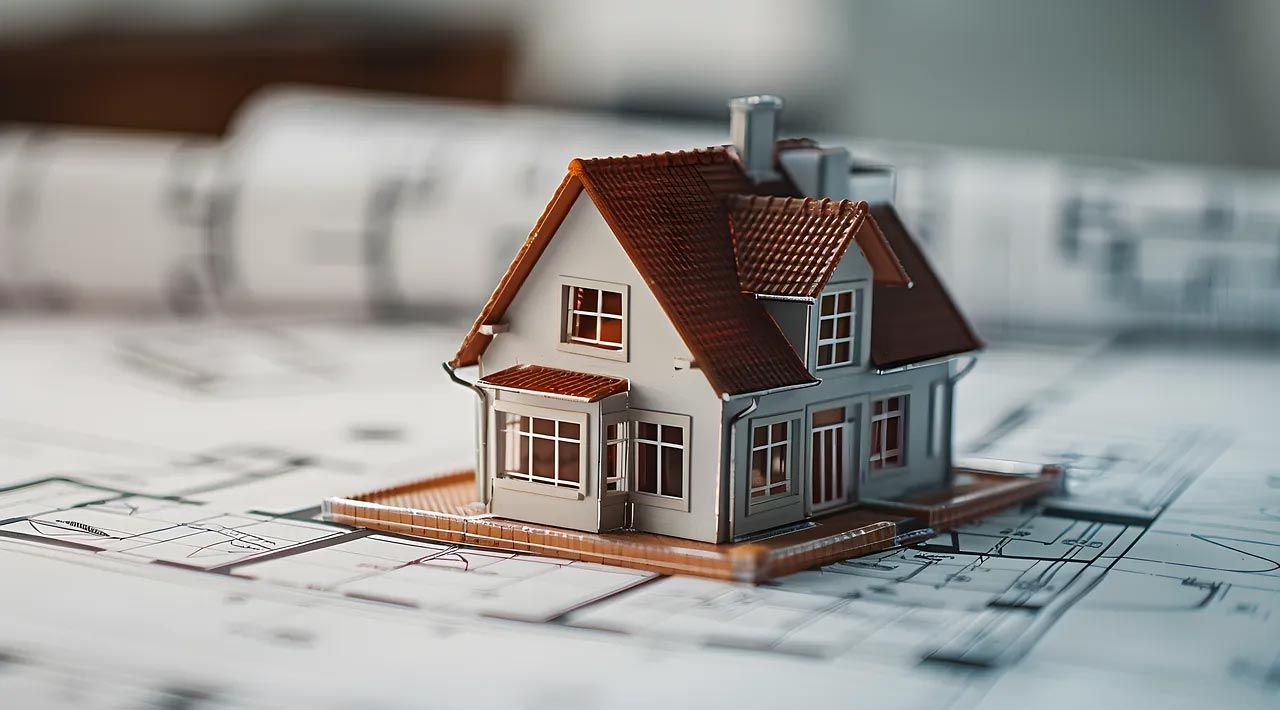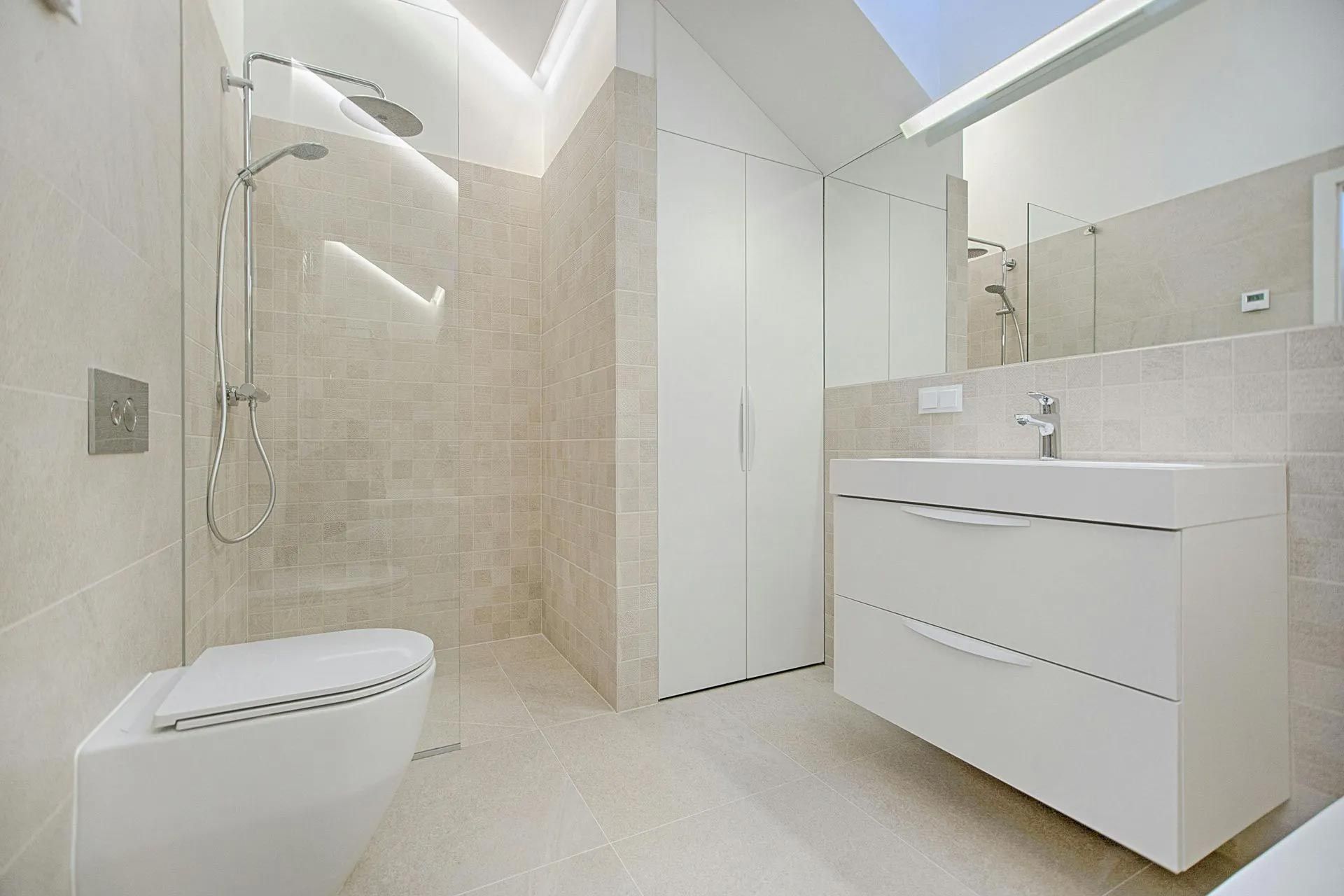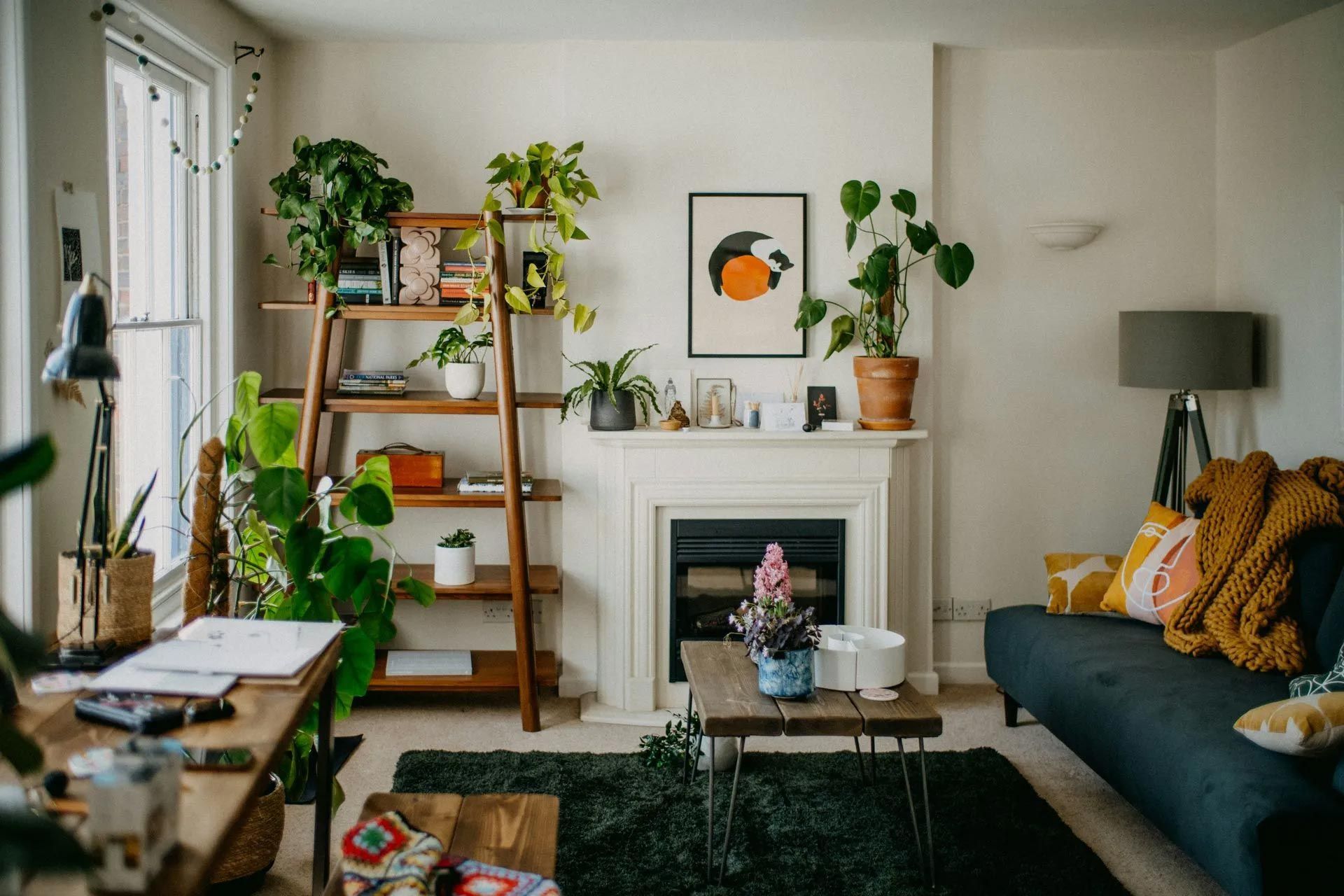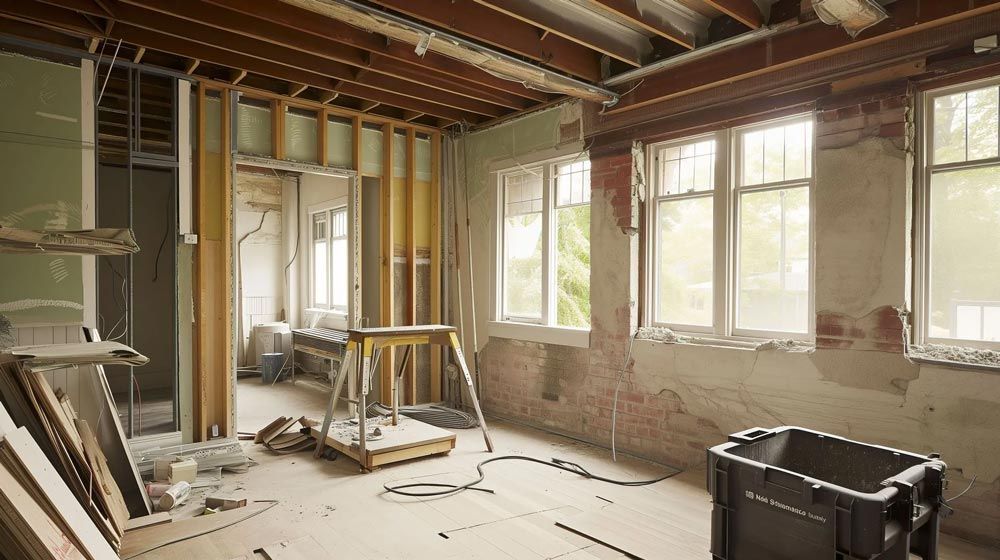How to Improve Indoor Air Quality with Your Next Home Remodel
The quality of the air within the walls of a home plays a substantial role in the health and comfort of its inhabitants. Home remodels offer a prime opportunity to enhance indoor air quality by integrating smarter design choices and innovative technologies. By opting for non-toxic materials, state-of-the-art ventilation systems, and natural air purifiers such as plants, homeowners can take significant strides toward a cleaner, healthier living environment. Amidst the burgeoning green construction movement, companies like Vostok Construction are pioneering methods to prioritize the wellbeing of Sacramento residents through conscientious building practices. This focus on creating a breath of fresh air within the home is not just a fad but a commitment to the long-term health of homeowners and the planet.
Choosing Non-Toxic Building Materials
A pivotal step in improving indoor air quality during a remodel is to select non-toxic building materials and finishes. Standard materials might off-gas volatile organic compounds (VOCs), which can lead to poor indoor air quality and health issues. Low-VOC or VOC-free paints, sealants, and adhesives are readily available and should be prioritized. For flooring, options like cork or reclaimed hardwood emit fewer pollutants than conventional choices and can significantly reduce the home’s toxic load.
Upgrading to Advanced Ventilation Systems
Modern ventilation systems can expel stale indoor air and replace it with fresh outdoor air without compromising energy efficiency. Energy Recovery Ventilators (ERVs) and Heat Recovery Ventilators (HRVs) are examples of systems that facilitate this exchange while minimizing energy loss. In areas like Sacramento, where temperatures can swing dramatically, these systems ensure that indoor air stays fresh without overburdening the HVAC system.
Integrating Natural Air Purification
Houseplants are nature’s air filters. They can absorb harmful chemicals like formaldehyde, benzene, and trichloroethylene through their leaves and roots. Incorporating indoor plants into a remodel design is not only aesthetically pleasing but also beneficial to indoor air quality. Specific species known for their air-purifying abilities include the spider plant, peace lily, and Boston fern.
Ensuring Proper Insulation and Air Sealing
While a well-sealed and insulated home is energy-efficient, it’s essential to balance this with air quality considerations. Proper insulation and air sealing can trap pollutants indoors if not paired with effective ventilation. Upgrading insulation and air sealing should always be conducted alongside enhancements to the home’s ventilation systems to maintain good air quality.
Utilizing Smart Home Technologies
Smart home technologies can monitor and improve indoor air quality. Automated systems can adjust ventilation rates based on the levels of carbon dioxide or other pollutants detected in the home. These systems offer a hands-off approach to air quality management, providing constant and adaptive ventilation to maintain a healthy indoor environment.
Implementing a No-Shoes Policy
Instituting a no-shoes policy during and after a remodel is a simple yet effective way to maintain indoor air quality. Shoes can track in various pollutants, including dust, pollen, and toxic particles. By setting up dedicated shoe storage near entrances and providing indoor footwear, homeowners can reduce the amount of outdoor contaminants brought inside.
Selecting the Right HVAC Filters
High-Efficiency Particulate Air (HEPA) filters in a home’s HVAC system can capture fine particles and improve overall air quality. During a remodel, upgrading the HVAC system to include HEPA filters—or other advanced filtration options suitable for the specific system—can be a wise investment for long-term air quality improvements.
Strategically Placing Air Purifiers
For additional air quality support, especially in areas of high pollution production like kitchens or bathrooms, standalone air purifiers can be strategically placed throughout the home. These devices are particularly effective when renovation options are limited, such as in rental properties or when budget constraints apply.
Emphasizing Regular Maintenance
Post-remodel, maintaining new systems and features is critical to sustaining improved indoor air quality. This includes regular cleaning or replacement of HVAC filters, servicing of ventilation systems, and care for indoor plants. Adopting a regular maintenance schedule ensures that the investments made during the remodel continue to pay dividends in air quality.
Home renovations present a golden opportunity to elevate the standard of living by enhancing indoor air quality. By carefully selecting healthier materials, incorporating advanced ventilation solutions, and utilizing natural and technological air purifiers, homeowners can create a sanctuary that not only looks good but feels good to breathe in. Companies like Vostok Construction are helping to lead this charge in Sacramento, championing remodeling practices that promote a cleaner, healthier home environment. Through consideration and action, homeowners can ensure their next remodel pays off not just in aesthetics and property value but also in the wellbeing of everyone who steps through the door.
Ready to breathe easier in your freshly renovated home? Vostok Construction is here to guide you through selecting non-toxic materials, integrating state-of-the-art ventilation systems, and adding natural, air-purifying plants to your space. Preserve your health and enhance your comfort with our expertly crafted renovations. Contact us to start your journey to a healthier home today.
The post How to Improve Indoor Air Quality with Your Next Home Remodel appeared first on Vostok Construction.
